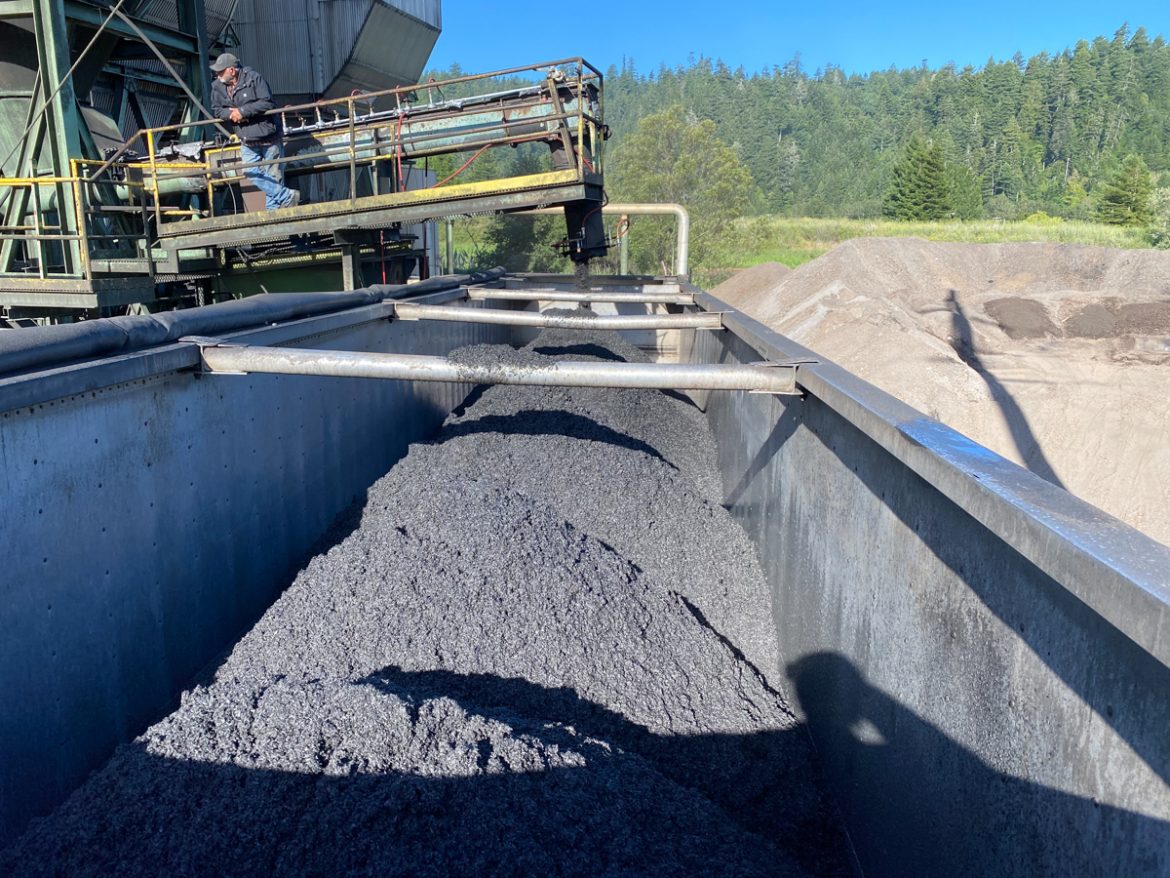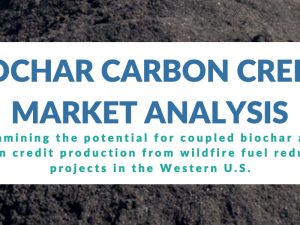
From the Microsoft CDR report:
“California-based Pacific Biochar harvests biochar from existing biomass power plants. The biochar is then used in soil applications, mainly to decrease water consumption in drought-stricken agricultural areas or enrich soil with compost additives. Through Carbonfuture, Pacific Biochar has the carbon sink for each of these applications independently certified and audited by European Biochar Certificate (EBC), ensuring that the biochar ultimately reaches the soil, so the carbon remains sequestered. The sink portfolio tied to Microsoft’s carbon removal credits is based mainly on feedstock from high-risk wildfire areas; credit revenue will allow Pacific Biochar to expand operations in California and convert two additional existing biomass energy plants.”
See link for full report:- https://query.prod.cms.rt.microsoft.com/cms/api/am/binary/RE4QO0D –
Thoughts
Microsoft sets the bar high with the quality of their sustainability reports, and now, with their carbon removal reports as well. I’ve been impressed by their combination of transparency, humility, and clarity. The March 2022 report “Microsoft Carbon Removal, an update with lessons learned in our second year” did not disappoint.
I think there’s a lot to be said about what they have concluded are the highlights of their lessons learned. I’ve directly copied their highlights and pasted them here:
-
The market lacks strong, common definitions and standards. We have developed and communicated our own criteria, and other corporate buyers have done the same. This means that organizations are working in isolation and tracking outcomes in different ways that can’t be compared easily. This leads not only to inefficiency but also to inconsistencies in claims.
-
High-durability solutions are critical, but supply is limited and expensive, and many companies cannot yet afford them at scale. We need expensive, higher durability solutions to become more affordable. Multiyear demand commitments, direct investment, and supportive policies are all critical to drive costs down.
-
Forestry and soil carbon removal face sobering challenges in quality but offer short-term climate value and co-benefits beyond carbon removal. Challenges with nature-based solutions underline the fact that removal is not a uniform commodity that can be compared easily across project types. However, we believe that corporate support for nature-based carbon removal remains essential. We have taken critiques of nature-based solutions seriously and developed our own approaches to mitigating risk with these project types.
I’ll break down how I think this is important from the perspective of Pacific Biochar.
Response to 1.) Yes, of course. It doesn’t appear to be new on Microsoft’s radar, but I’m thankful they’re highlighting it because I appreciate the thought they’ve put into their Carbon Dioxide Removal (CDR) definitions so far.
Response to 2.) YES, 1000% yes. I was nearly jumping out of my chair when I saw “multi-year demand commitments” in the top of the solutions sentence. I can’t express enough how important that part is. And thankfully, Frontier Climate came out the following month with their announcement of a $925M fund that says they agree.
Response to 3.) Umm, you had me at co-benefits (but then you lost me with the sole focus on nature-based methods). Biochar as a CDR method is a bit of an orphan – it’s doesn’t wholly fit in the “engineered” methods or in the “nature-based” methods and is therefore left to build it’s own home somewhere in the undefined lands between. Biochar as a CDR method has some real advantages, it can get you that medium to long term durability generally reserved for “engineered” methods, but depending on how it’s used, there’s also a smorgasbord of co-benefits generally only associated with “nature-based” methods. Currently, the co-benefits of biochar help us get our foot in the door for credit purchases, but so far I’ve seen nothing in the way of reliable compensation for using biochar in pathways that maximize co-benefits. This mention in the highlights section has me hopeful that there’ll be further development in attributing value to co-benefits.
– Josiah Hunt, CEO
Looking Forward
We’re actively working to increase our capacity to produce biochar in California and elsewhere. We leverage existing infrastructure to get this done fast and efficient by upgrading existing biomass power plants with the ability to produce and harvest biochar. Biochar is a form of charcoal and would produce a significant amount of energy if burned for fuel instead of buried as biochar. Thus if we want to bury the charcoal a biochar instead of burn it as fuel, the carbon must be worth more in the ground than it is in furnace, and at scale. Committed carbon removal purchases from credible clients are critical in making this work. We look forward to continuing to provide our durable carbon dioxide removal credits to Microsoft and others in greater and greater quantities.
With Thanks To:
Our partners at Humboldt Sawmill, where we work together to produce biochar.
Our partners at European Biochar Certification, and Carbon Standards International who made it possible for us to register credits.
Our partners at Carbonfuture, the marketplace for credit transactions.
And to all of the wonderful farms we work with to put this carbon safely back in the ground and leave a legacy of fertile soil.






